Accurate, reliable underground utility investigation and mapping using the industry-standard ASCE 38 is the foundation of our Subsurface Utility Engineering (SUE) services. Using the latest technology and industry-leading techniques, we identify underground utility network locations to help the Port Authority of New York and New Jersey maintain utility services while reducing risk, redesign costs, and project delays.
T2ue’s field professionals are onsite every day to provide a full range of SUE services. The expertise provided includes utility coordination, all levels of geophysical investigations, confined space entry, sector mapping, connectivity mapping, CADD and structure data sheets and blowdowns for the airports, ports, bridges and tunnels, rail systems, bus terminals, and other Port Authority facilities including:
- John F. Kennedy International Airport (JFK)
- LaGuardia Airport
- Newark Liberty International Airport (Newark)
- Teterboro Airport
- Stewart Airport
- Heliport
- Bayonne Bridge
- Lincoln Tunnel
- Holland Tunnel
- George Washington Bridge
- Port Newark Container Terminal
- Port Elizabeth
- Port Authority Bus Terminal
- The World Trade Center site
- Journal Square Transportation Center
- The Aqueduct Racetrack
- Exchange Place
- Howland Hook
- Brooklyn Piers
- Port Authority Trans Hudson locations throughout the New York/New Jersey area.
An article in Airport Improvement Magazine titled JFK Goes “SUE Happy” speaks about the benefits of using SUE at a major international airport.
Jim Steven, Program Director of Plant, Structures, and Airport Redevelopment for the PANYNJ Aviation Department states, “We have done a lot of studies on it, and we estimate we are saving the Port Authority millions of dollars a year in not hitting utilities and taking things out of service because a contractor dug incorrectly.”
“We are allowing designers to do smarter, better designs because of that information. We know where things are and we know how to design around them, so it is not a problem once we’ve started construction projects,” said Steven.


